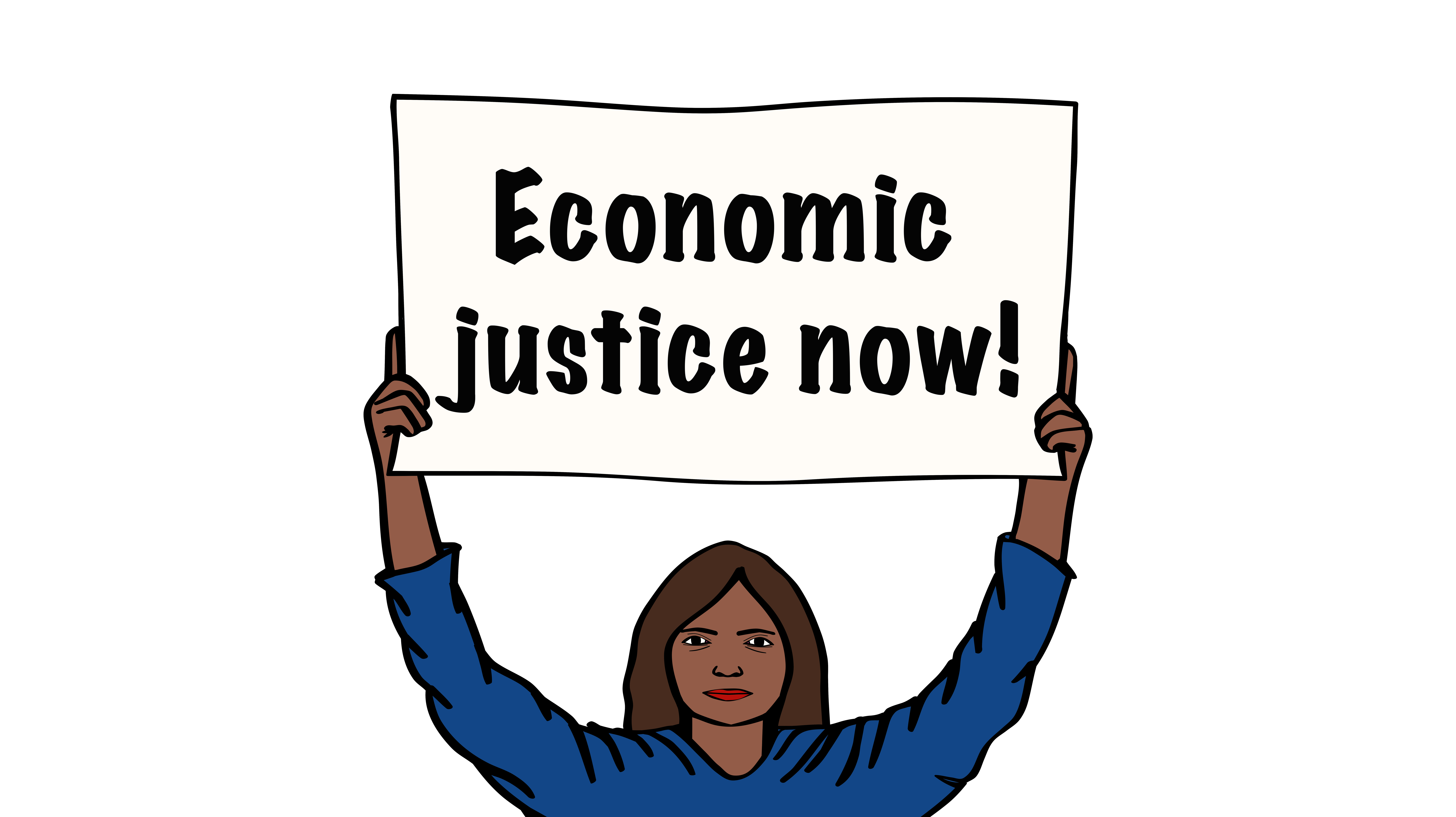Together with the rest of the world’s governments, Indonesia has committed to the goal of combating inequalities both within and between countries as part of the Sustainable Development Goals (SDG 10). At the national level, Indonesia has demonstrated its commitment to SDG 10 through its National Medium-term Development Plan for 2020-2024, which aims to reduce inequalities between regions and between population groups among its seven high-level development agendas.
Practically, Indonesia’s SDG roadmap aims to reduce inequalities through a package of “pro-poor” and vulnerability sensitive growth policies. This includes fiscal policies that favour redistribution, making the tax system more fair, improved policies for micro-, small- and medium-sized enterprises, strengthening the rural economy, changes to land access and stabilising food prices.
But the problem of inequality in Indonesia is still substantial, and goes back many decades: from the colonial period to the unsettled years after independence, to a period of intensive growth under authoritarian rule, to an economic crash and recovery. According to the World Inequality Report, the situation today is that the richest 10 per cent of the population earns about 19 times as much as the poorest 50 per cent of Indonesians. Despite a significant increase in average income in Indonesia from the 1950s until today, the gap between rich and poor has not decreased, and is nearly as wide today as the widest gaps in recent decades.





